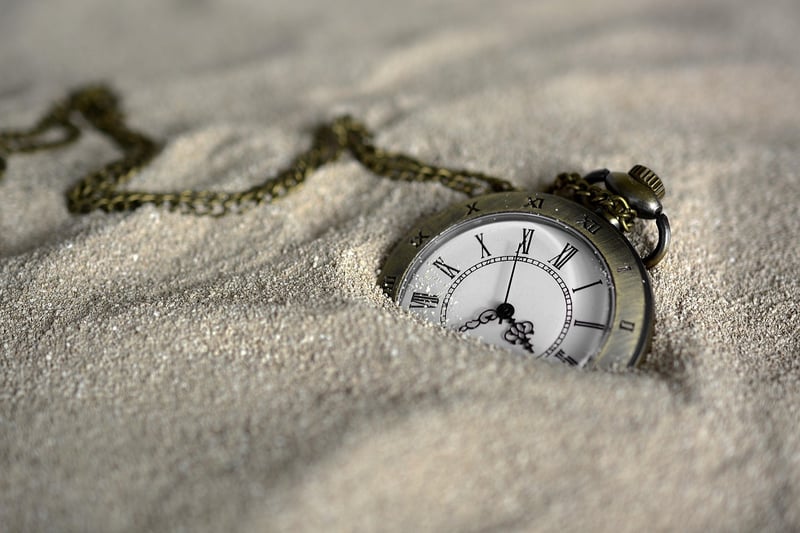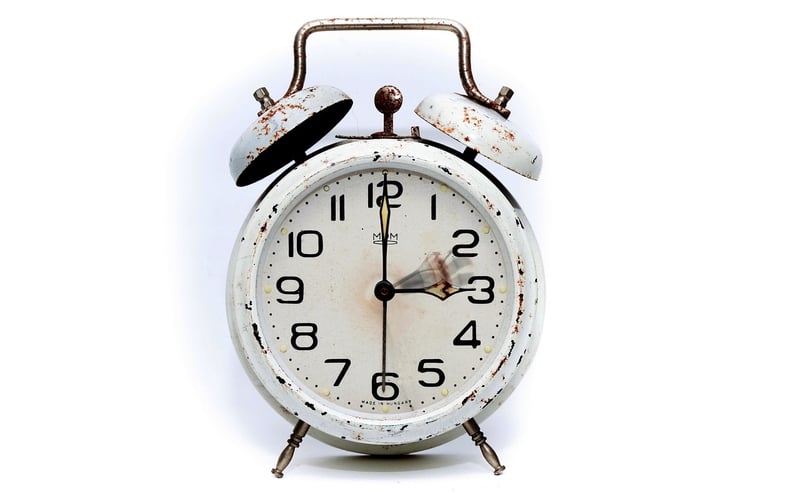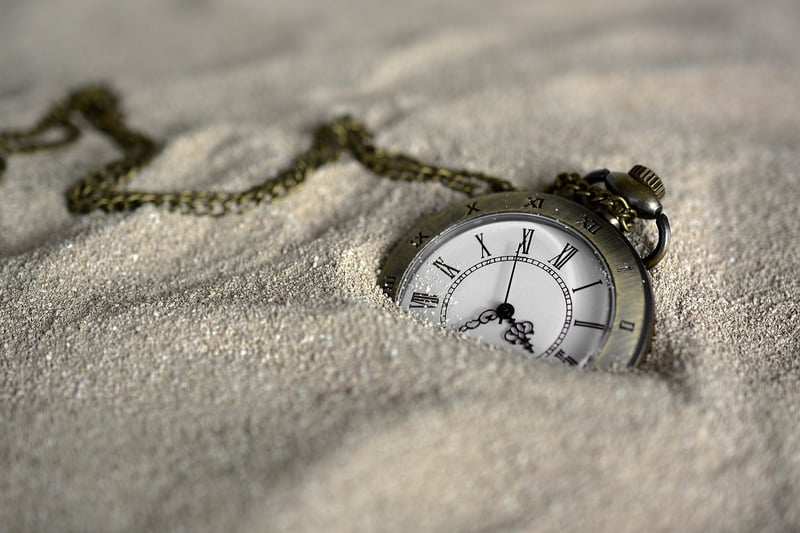Time Loop Theories
Understanding Time Travel Rules and Time Loop Theories
Introduction to Time Travel
Time travel has been a fascinating concept in science fiction for decades, allowing characters to traverse through time and alter the course of history. However, various theories and rules govern the concept of time travel, shaping how it can be portrayed in different stories.
Time Travel Rules
When exploring time travel, several common rules are often observed:
- Causality: The principle that actions in the past can influence the future, leading to paradoxes if not managed carefully.
- Fixed Timeline: The idea that time is immutable, and any attempt to change the past only results in fulfilling events that have already occurred.
- Multiple Timelines: The concept that altering the past creates parallel timelines where different outcomes can exist simultaneously.
- Butterfly Effect: Small changes in the past can have significant and unforeseen consequences in the future.
Time Loop Theories
A time loop is a specific type of time travel where a certain period repeats itself continuously. Several theories attempt to explain the mechanics behind time loops:
- Self-Fulfilling Loop: Events in the loop are predestined to happen, and any attempt to deviate from them only ensures they occur.
- Conscious Loop: Characters retain memories of previous loops, allowing them to make different choices and break the cycle.
- External Intervention: The loop is broken by an external force or event that disrupts the repetitive nature of time.
Conclusion
Time travel and time loop theories offer endless possibilities for storytelling and exploration of complex concepts such as causality, free will, and destiny. Whether following strict rules or bending them to create unique narratives, these concepts continue to captivate audiences and ignite the imagination.


For more information on time travel and related theories, you can explore here.
